If your baby doesn’t seem interested in communicating and interacting with you, don’t worry. Here are some tips to help them.
Our page on baby communication has more information on how babies learn to socialise and how you can help them.
Why are some babies reluctant to socialise?
Babies come into the world with their own unique personalities – they don’t all like the same things. Some babies take longer to work out this big new world they’ve been born into. All the sights, sounds, smells, touches and feelings can be overwhelming!
Like adults, babies will not feel like socialising if they’re unwell, stressed or unhappy in some way. But if you’re worried that they’re always reluctant to socialise, even when they are well and happy, speak to your health visitor, family nurse or GP.
But whatever is going on, these tips will always be helpful.
Tips to help your baby socialise
Tip #1: Practise the imitation game
Remember to play the imitation game where you notice what your baby does and copy them. Try to follow your baby’s lead with interactions.
Tip #2: Fast and slow
Experiment with how quickly or slowly you talk to your baby – what do they prefer?
Tip #3: Be patient
Give them time to take in what you say. Some babies will take longer than others to respond, but try counting to 10 in your head before saying something else. You’ll soon notice how long it takes your baby to respond and how long you need to pause for.
Tip #4: Reduce the amount of noise and/or light around them
Is the TV or radio always on in your home? Try switching it off and see if your baby responds to you more readily. You could also try reducing the amount of light in the room.
Tip #5: Fun with toys
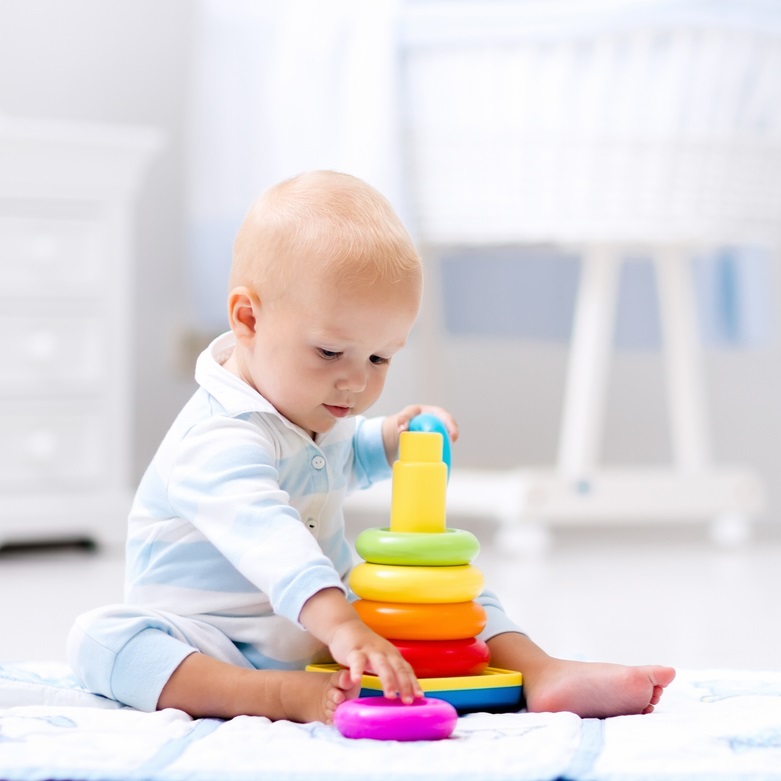
If your baby is under 4 months, remember your face is the best toy possible for them!
If they’re over 4 months, think about how many toys you’re offering them and where you’re putting them. For example, do you put them between your baby and you so they focus on the toy and not the interaction they’re having with you? Try holding them next to your face instead.
When they can reach for toys, put them close by so that they can see and choose what to play with themselves.
Tip #6: Comment on what they’re doing
Notice what they’re doing and comment on it, always following their lead, for example, ‘Oh, you want the ball! You like that ball.’ Then let them keep playing with the ball rather than offering them a new toy.
Tip #7: Use all their senses
If your baby has difficulties hearing or seeing, you may have to use their other senses more. For example, you could use an extra expressive face, or go closer to their face. At the same time, try not overwhelm them – it’s a tricky balance! If a baby is feeling overwhelmed, they’ll usually look away, close their eyes and may yawn and fidget a lot. That tells you to step back a bit and give them more space and time.
Tip #8: Put your phone away
We all have busy lives and need to stay in touch with friends and family, keep on top of emails and life admin or check in on social media. But babies love having our full attention. And if they keep seeing you turn away from them to look at your phone, this can be upsetting for them. If it happens a lot, it could even affect their development and make it harder for them to learn to communicate and socialise as they grow up.
So when you’re chatting or playing with your wee one, try to put away the phone for a bit and give them your full attention.
 Activities & Play
Activities & Play Behaviour
Behaviour Childcare
Childcare Development & Growing Up
Development & Growing Up Family, Friends & Relationships
Family, Friends & Relationships Feeding Your Baby
Feeding Your Baby Food & Eating
Food & Eating Health & Safety
Health & Safety Mental Health & Wellbeing
Mental Health & Wellbeing Money & Work
Money & Work Online Behaviour & Safety
Online Behaviour & Safety Pregnancy & First Days
Pregnancy & First Days School & Education
School & Education Sleep
Sleep

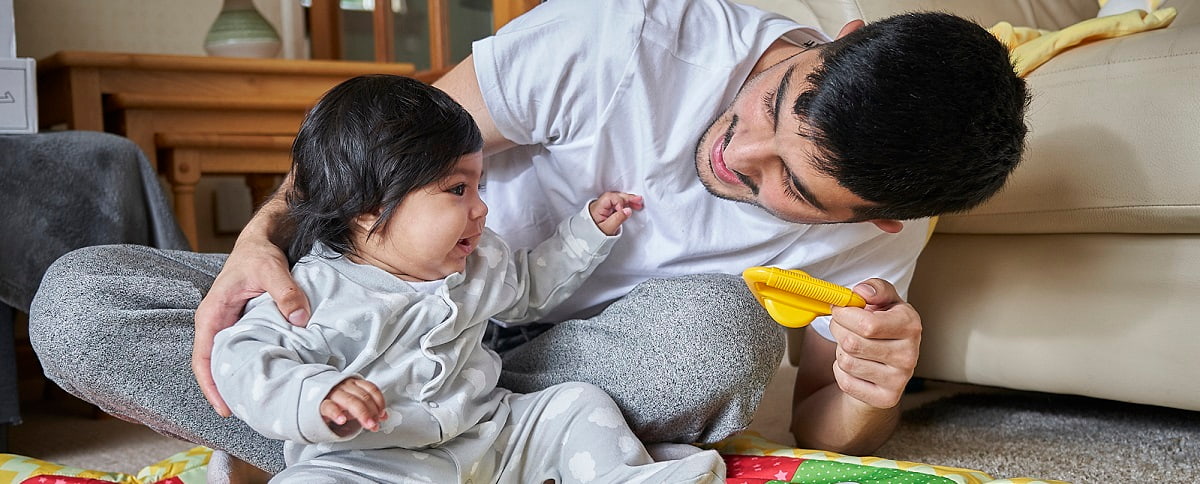
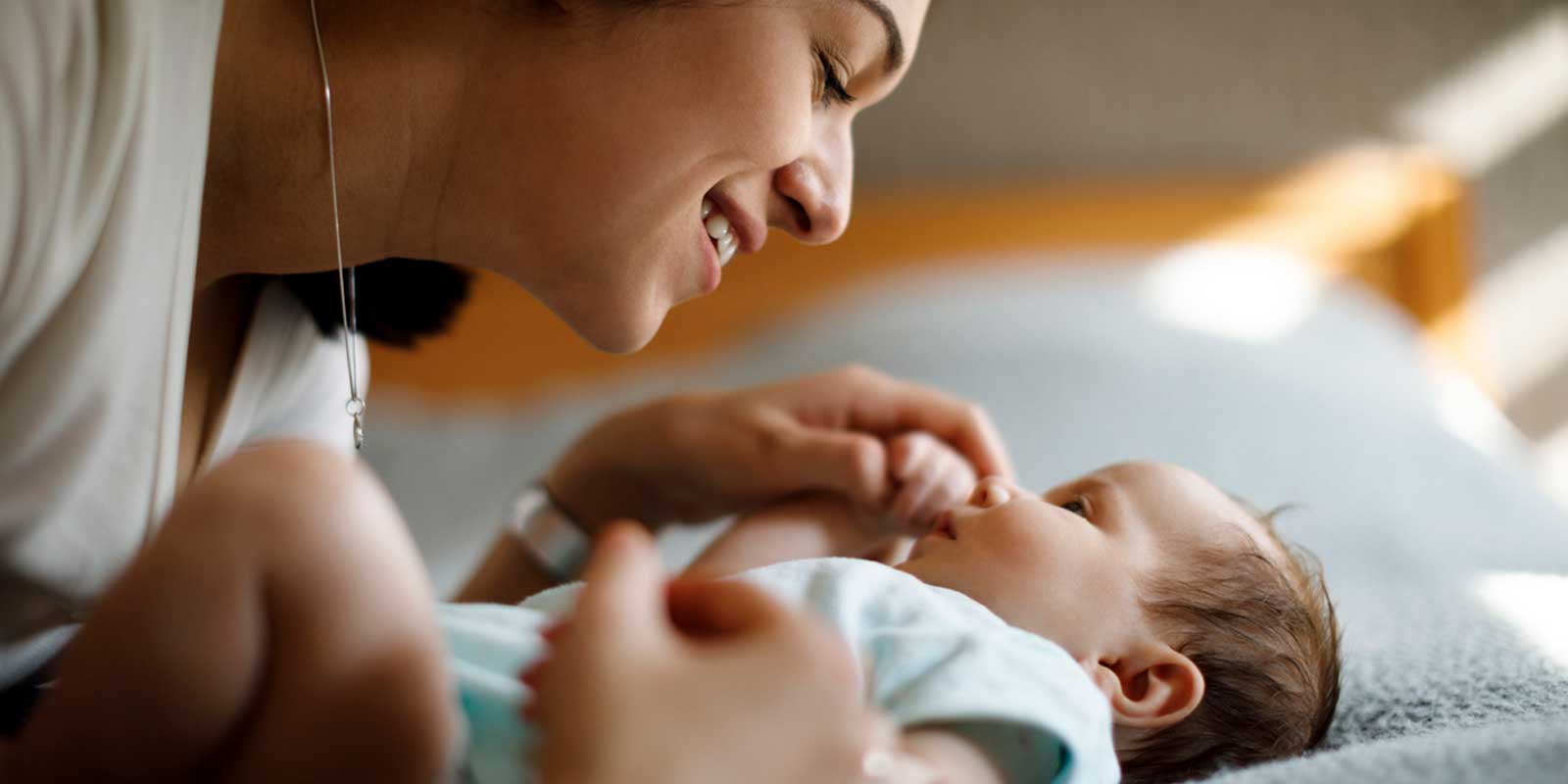
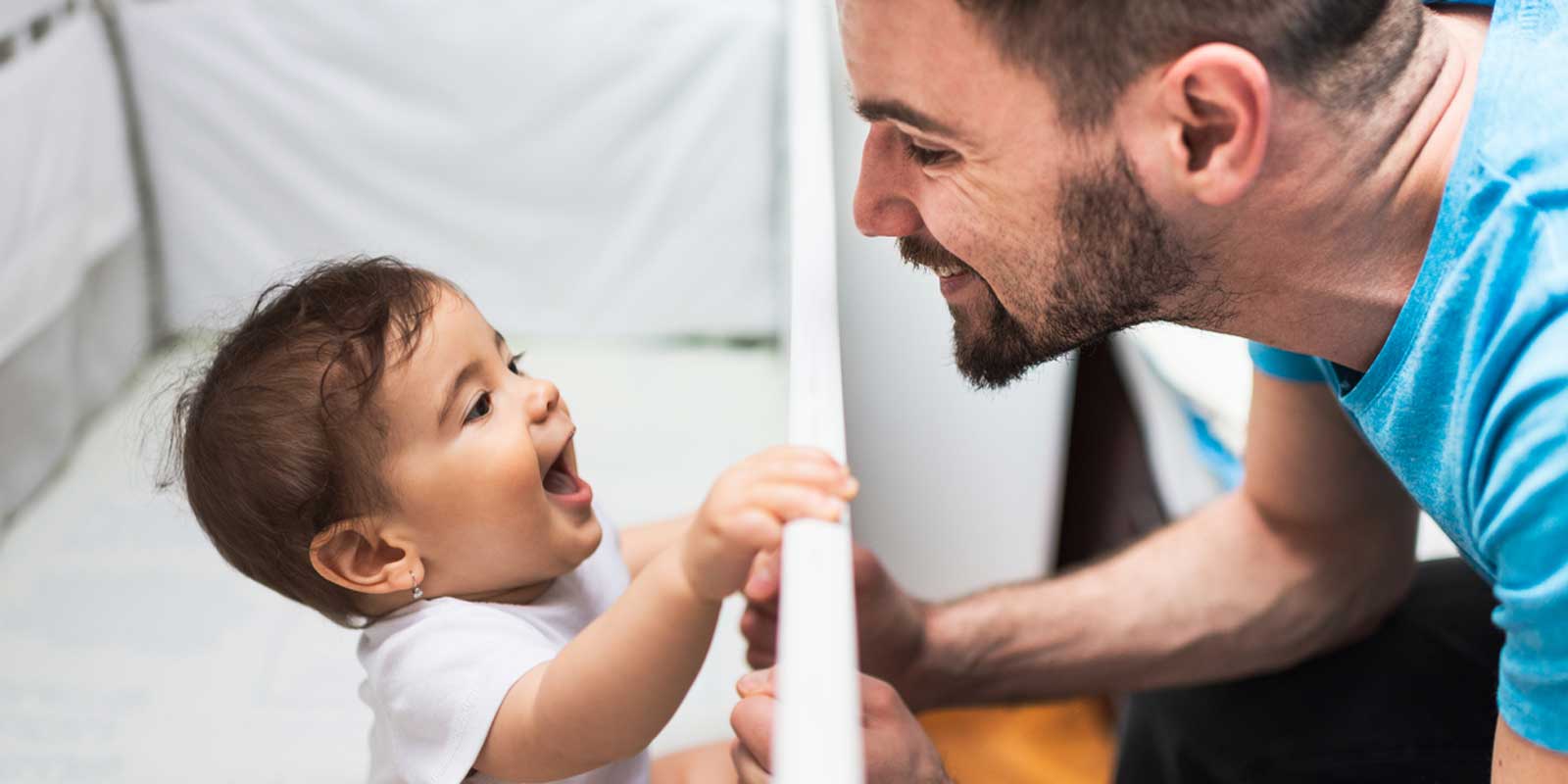




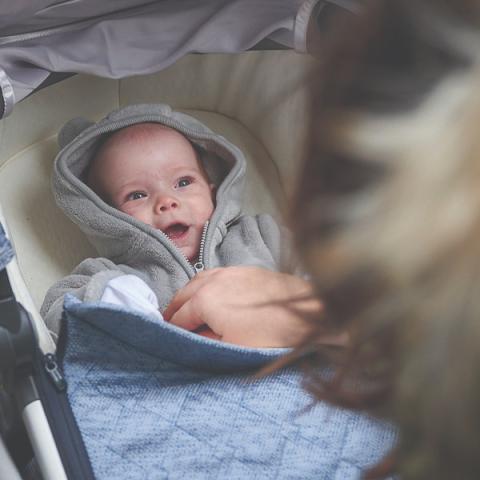
 Family, Friends & Relationships
Family, Friends & Relationships
 Mental Health & Wellbeing
Mental Health & Wellbeing